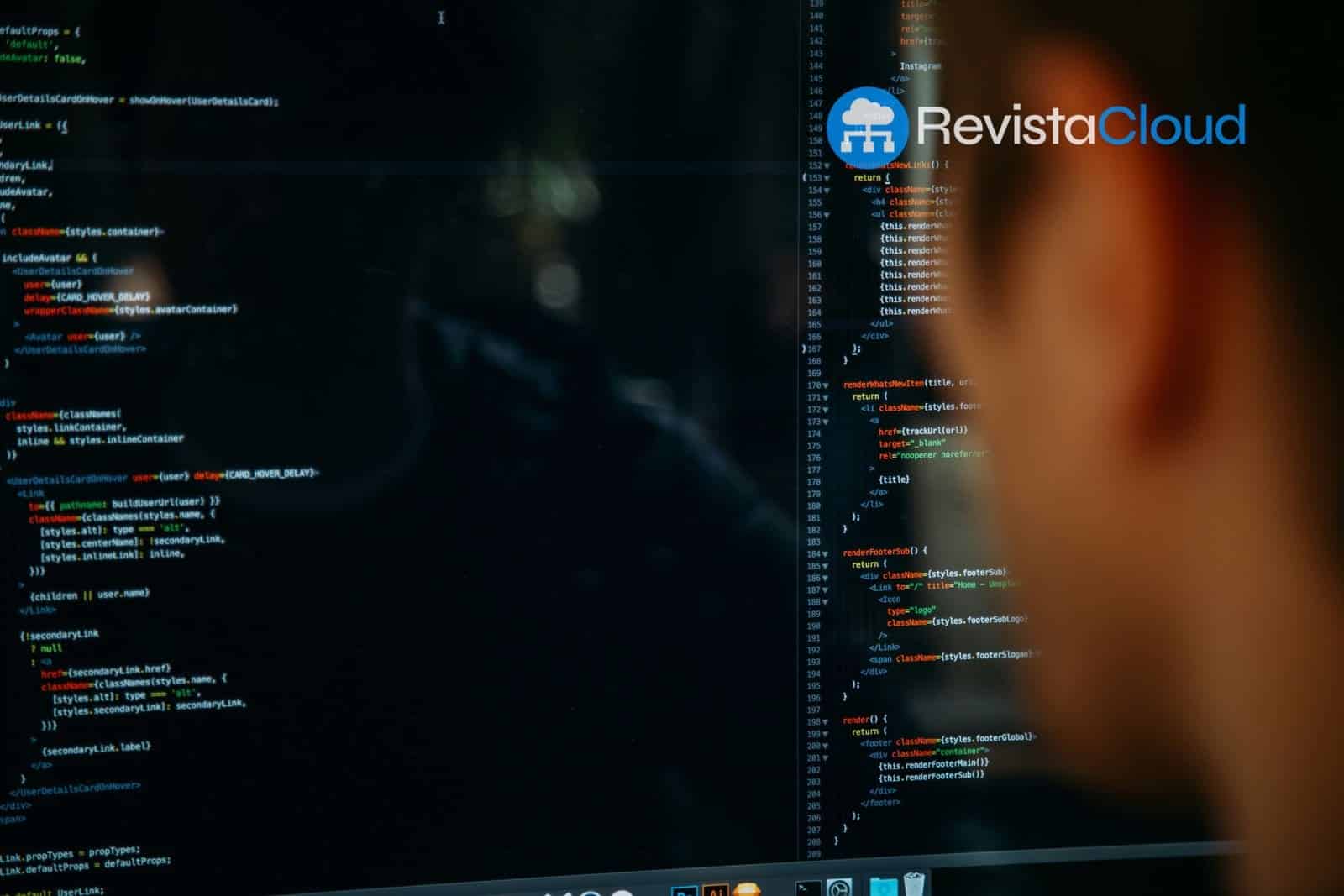Cybersecurity in software development has shifted from merely a compliance issue to a core element of organizational resilience. The rise of supply chain attacks,
Today, cybersecurity risk assessment is not an option: it’s an ongoing process that enables threat detection, vulnerability prioritization, and mitigation controls enforcement from the first line of code to production deployment.
Why integrate risk assessment into CI/CD pipelines?
- Early prevention: identify vulnerable dependencies before build.
- Cost reduction: mitigating issues early prevents incidents in production.
- Regulatory compliance: DORA, NIS2, ISO 27001 require continuous controls.
- Velocity without compromising security: automation = less friction for teams.
Applied methodologies in CI/CD
Qualitative assessment
- Risk classification into low, medium, and high.
- Based on experience and context.
- Example: labeling the exposure of a
.envfile in a public repo as high risk.
Quantitative assessment
- Use of numerical metrics and exploitation probability.
- Example: estimating that a cloud credential breach could cost €1.2 million with a 5% annual chance.
👉 In DevSecOps environments, both approaches are combined: rapid qualitative filtering and numeric prioritization using metrics like EPSS (Exploit Prediction Scoring System).
Practical examples in CI/CD pipelines
1. GitHub Actions — Dependency and secret scanning
name: Security Pipeline
on: [push, pull_request]
jobs:
security:
runs-on: ubuntu-latest
steps:
- name: Checkout repo
uses: actions/checkout@v4
- name: Dependency scanning with Snyk
uses: snyk/actions/node@master
env:
SNYK_TOKEN: ${{ secrets.SNYK_TOKEN }}
- name: Exposed secrets detection
uses: trufflesecurity/trufflehog@main
with:
path: ./
🔍 What it does:
- Reviews dependencies (SCA).
- Searches for leaked secrets.
- Stops the pipeline if a critical risk is found.
2. GitLab CI — Container analysis
stages:
- build
- test
- security
container_scanning:
stage: security
image: docker:latest
services:
- docker:dind
script:
- docker build -t myapp .
- docker scan myapp --accept-license --dependency-tree
allow_failure: false
🔍 What it does:
- Builds the app image.
- Analyzes container vulnerabilities with Docker Scan.
- Blocks deployment if high-severity CVEs are detected.
3. Jenkins — Risk evaluation with OWASP Dependency-Check
pipeline {
agent any
stages {
stage('Checkout') {
steps {
git 'https://github.com/org/proyecto.git'
}
}
stage('OWASP Dependency Check') {
steps {
dependencyCheck additionalArguments: '--scan ./ --format XML --out ./report'
}
}
stage('Risk assessment') {
steps {
script {
def report = readFile('report/dependency-check-report.xml')
if (report.contains("CRITICAL ")) {
error("Failure: critical vulnerability detected.")
}
}
}
}
}
}
🔍 What it does:
- Scans project dependencies.
- Generates an XML report.
- Breaks the pipeline if critical vulnerabilities are found.
Common risks and mitigation strategies in CI/CD
| Risk | Real-world example | Mitigation strategy |
|---|---|---|
| Supply chain | Compromised npm package steals tokens | SCA + SBOMs in pipelines |
| Secret exposure | AWS keys uploaded to a public GitHub repo | Vaults + secret scanning |
| Misconfiguration in CI/CD | Service account with production permissions | RBAC + immutable artifacts |
| Obsolete dependencies | Using libraries without security support | Automatic renewal via Renovate/Dependabot |
| Insecure container images | latest image with critical vulnerabilities | Image signing and scanning |
Advanced mitigation strategies
- RBAC and Zero Trust in CI/CD environments.
- Mandated SBOMs for dependency traceability.
- Real-time anomaly monitoring with suspicious behavior detection.
- Automated patching with dependency bots (Dependabot, Renovate).
- Artifact signing to guarantee deployment integrity.
Security as a culture, not a barrier
One of the main challenges is ensuring security does not slow down teams. Incorporating risk assessments as automated jobs within pipelines guarantees ongoing security without manual work.
The future points to self-healing pipelines, capable not only of detecting vulnerabilities but also applying automatic patches or revoking compromised credentials autonomously.
Frequently Asked Questions (FAQ)
1. How does a risk assessment differ from a vulnerability scan?
Risk assessment prioritizes based on impact and likelihood, whereas a scan only detects technical issues.
2. How often should this be run in CI/CD?
With each push or pull request where relevant, along with periodic reviews (monthly or quarterly) of the entire environment.
3. What tools are most commonly used for automating these assessments?
OWASP Dependency-Check, Snyk, Trivy, Grype, GitHub Advanced Security, and secret scanners like Trufflehog or Gitleaks.
4. Can an automated risk assessment replace a human auditor?
Not entirely. Automation handles mass detection, but human judgment remains essential for evaluating context, impact, and costs.

